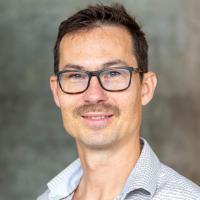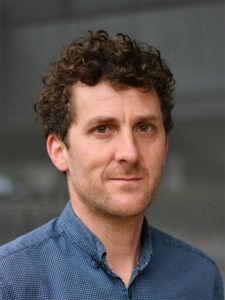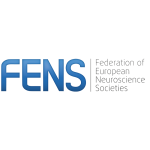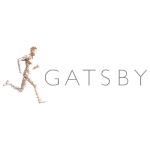Course overview
The ability to move in an automatic or a goal-directed manner is a crucial function for many living organisms to survive and interact efficiently with their environments. Movements generation depend on the coordinated activity of motor centres that are distributed in the cortex, the basal ganglia, the cerebellum, and the brainstem but that, altogether, shape the descending motor commands sent to the spinal cord which will then execute the appropriate movements by controlling the activity of motoneurons. Any alteration in these systems and/or their interaction will impair the flow of information leading to disastrous motor disorders. In this CAJAL course, we will not only discuss the common organization of motor centres across species (from lamprey to primate) but also the neuronal mechanism and dynamics that underlie spontaneous and voluntary movements as well as how pathological alteration of these activities can lead to detrimental motor performances and disease state.
The goal of this CAJAL course is to instruct promising young neuroscientists to the advanced scientific concepts established in the field of motor control. We will present the latest discoveries that has been made in different species that shed light on how voluntary and goal-directed movements are generated. We will also describe the computational advances and analysis method that has pushed the limit of understanding movement generation.
Partner

Course directors
University of Copenhagen, Denmark
Paris Brain Institute, France
University of Bordeaux, France
Seminal Lecture
Réjean Dubuc – Université de Montréal, Canada
Honorary lectures from Brain Prize Winners
Silvia Arber – Basel University, Switzerland
Ole Kiehn – University of Copenhagen, Denmark
Keynote Speakers
David McLean – Northwestern University, USA
Lora Sweeney – Institute of Science and Technology A., Austria
Jonathan Whitlock – KISN, Norway
Camille Jeunet – INCIA CNRS, Bordeaux University, France
Marie-Laure Welter – Paris Brain Institute, France
Joaquim Alves da Silva – Champalimaud CU, Portugal
Gilad Silberberg – Karolinska Institutet, Sweden
Claire Meehan – University of Copenhagen, Denmark
Ian Duguid – University of Edinburgh, UK
Samuel Sober, Emory University, USA
Instructors
Brice de la Crompe – Freiburg University, Germany
Emeline Pierrieau – CNRS, Bordeaux University, France
Roberto de la Torre Martinez – Karolinska Institutet, Sweden
Amanda Jacob – Emory University, USA
Graziana Gatto – University Hospital Cologne, Germany
Xinyu Jia – Paris Brain Institute, France
Salif Komi – University of Copenhagen, Denmark
Lise Guilhemsang – University of Bordeaux, France
Kristen Frenzel – Emory University, USA
Marc Deffains – CNRS, Bordeaux University, France
Arthur Leblois – CNRS, Bordeaux University, France
Carmen Guerrero Marquez – CNRS, Bordeaux University, France
Course content
The course will feature a series of honorary lectures by two of the 2022 Brain Prize winners, keynote lectures, and hands-on expert workshops covering experimental sessions and data analysis. Keynote lecturers will introduce their respective fields and share their latest exciting discoveries. Expert workshops, led by a select group of instructors, will provide in-depth, practical training.
Participants will receive hands-on training on state-of-the-art methods applied to the study of motor control in the field including motor tracking, optogenetics manipulation, calcium imaging, high-density electrophysiology recording and data analysis. Prior to the course, instructors will work closely with students to design and plan the detailed experiments conducted during the miniproject, ensuring a tailored and enriching learning experience. Each student will have the opportunity to present their research through short communications and a poster session. Additionally, students will showcase the results of their miniprojects conducted during the workshop.
Throughout the course, students will have numerous opportunities to build their scientific network and engage with course directors, keynote speakers, instructors, and peers.
The course will be an intensive 3-week theoretical and practical course with two main goals:
1) Teaching students the theoretical foundation of the techniques (in week 1 and 2).
2) Give them enough hands-on experience to create an experimental mini-project (week 1) that will be carried out (in weeks 2 and 3) so they can establish these methods when they get back to their labs.
Techniques
– Stereotaxic surgery: viral vector injection, cranial windows, fiber optic, and miniscope implantation.
– In vivo one-color and dual-color calcium imaging
– High-density in vivo electrophysiological recordings using Neuropixel probes
– Ex vivo and in vivo patch clamp recordings
– Building a brain-computer interface to decode movement
– Muscle fibers recordings using high-density Myomatrix arrays
– Using open-source tools to build motor behavioral apparatus
– In vivo optogenetic manipulations during motor behavior
– Motor behavior in zebrafish larva and rodents
– Modelling the motor system & Data analysis

Projects
Hands-on projects will include:
- Simultaneous imaging of D1 and D2 medium spiny neurons’ activity in freely moving mice.
- Investigating connectivity among reticulospinal neurons in vivo.
- Estimating how many reticulospinal neurons are sufficient to trigger locomotor bouts.
- Understanding locomotion behaviour in Parkinson’s disease through quantitative measures – From lab to real world.
- Investigating the motor functions of diverse classes of hindbrain and spinal interneurons via CRISPR/Cas genome editing in Xenopus.
- Ex vivo and in vivo patch clamp recordings.
- Neuropixel recording in mice performing a Forelimb Reaching task
- Modeling the motor system.
- Advancing Neuroscience Research with Myomatrix Arrays: High-Resolution EMG Recordings in Freely Behaving Mice and Stick Insects
- Using and developing open-source tools to investigate motor behavior and its neuronal correlates.
- Build a basic brain-computer interface for decoding movement intention.
- Activity of Globus Pallidus Arkypallidal neurons during skilled-reaching movements in mice.
- Pathophysiology of bradykinetic motor behavior in a non-human primate model of Parkinson’s disease.
- Modelling the mouse spinal cord structure and its emergent dynamics in space.
- Functional connectivity in the song-related basal ganglia-thalamo-cortical loop
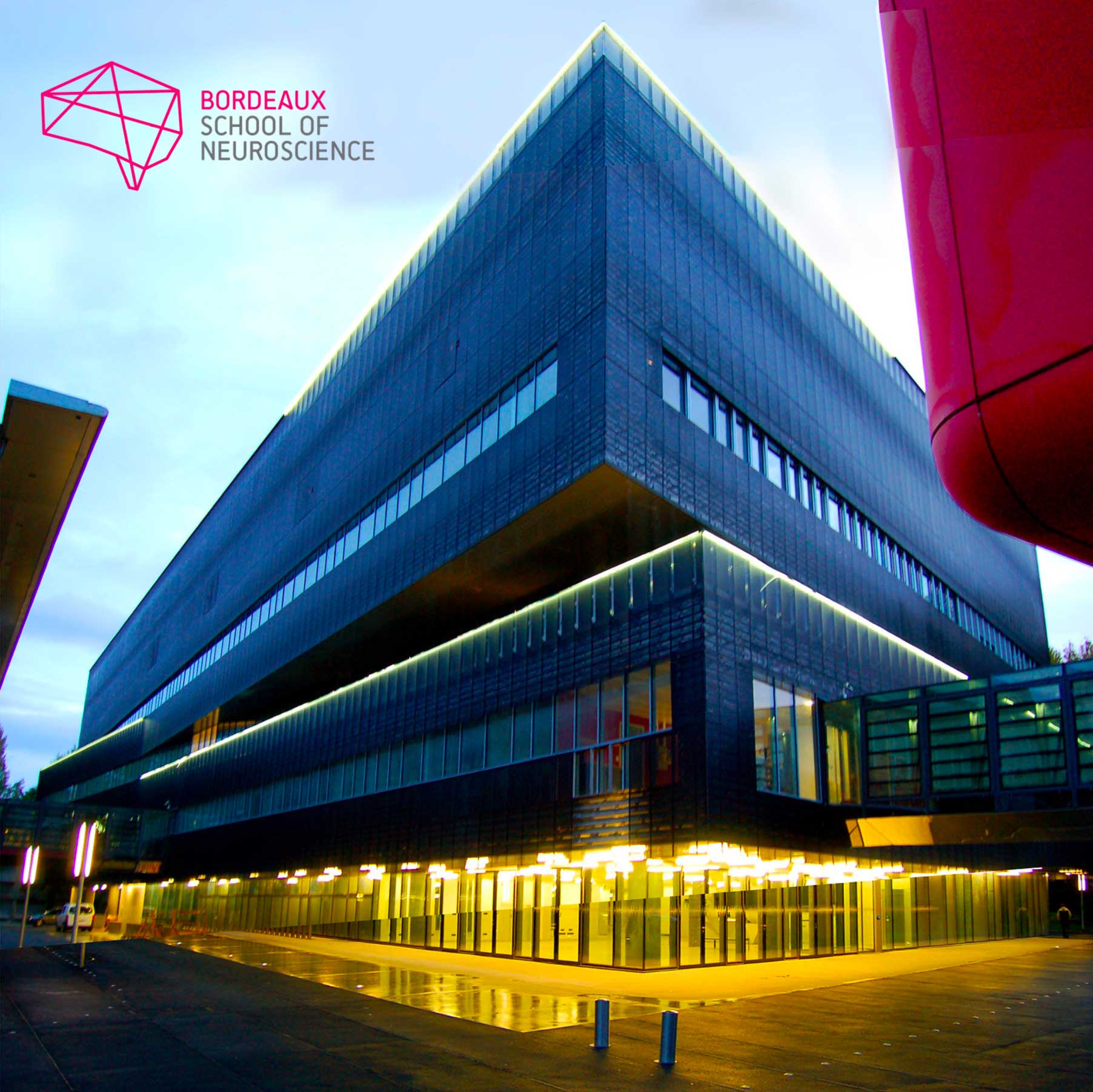
Bordeaux School of Neuroscience, France
The Bordeaux School of Neuroscience is part of Bordeaux Neurocampus, the Neuroscience Department of the University of Bordeaux. Christophe Mulle, its current director, founded it in 2015. Throughout the year, renowned scientists, promising young researchers and many students from any geographical horizon come to the School.
The school works on this principle: training in neuroscience research through experimental practice, within the framework of a real research laboratory.
Facilities
Their dedicated laboratory (500m2), available for about 20 trainees, is equipped with a wet lab, an in vitro and in vivo electrophysiology room, IT facilities, a standard cellular imaging room, an animal facility equipped for behavior studies and surgery and catering/meeting spaces. They also have access to high-level core facilities within the University of Bordeaux. They offer their services to international training teams who wish to organize courses in all fields of neuroscience thanks to a dedicated staff for the full logistics (travels, accommodation, on-site catering, social events) and administration and 2 scientific managers in support of the experimentation.
Registration
Fee : 3.950 € (includes tuition fee, accommodation and meals)
The CAJAL programme offers 4 stipends per course (waived registration fee, not including travel expenses). Please apply through the course online application form. In order to identify candidates in real need of a stipend, any grant applicant is encouraged to first request funds from their lab, institution or government.
Kindly note that if you benefited from a Cajal stipend in the past, you are no longer eligible to receive this kind of funding. However other types of funding (such as partial travel grants from sponsors) might be made available after the participants selection process, depending on the course.


